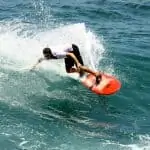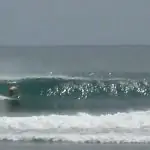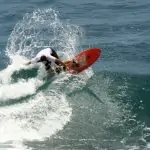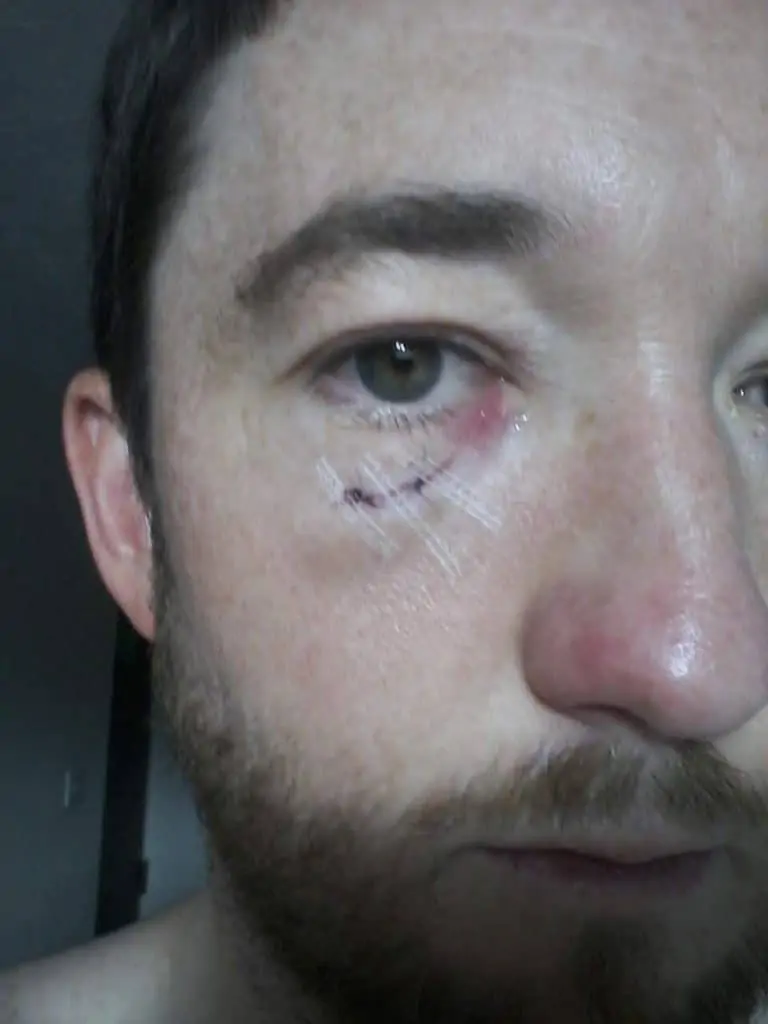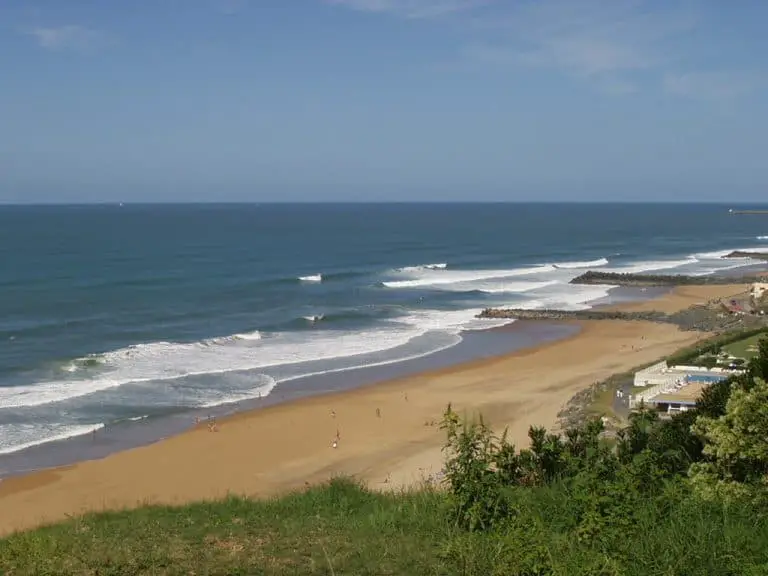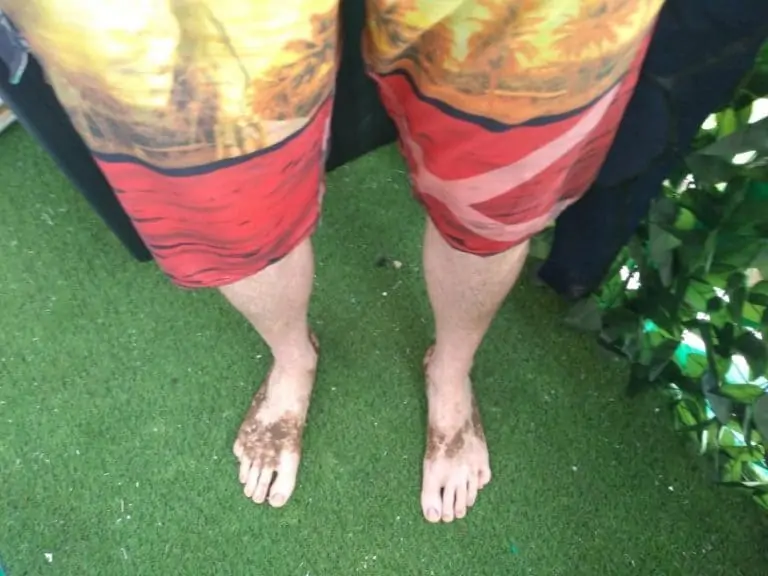How Far Do You Paddle Out to Surf?
Paddling is one of the key parts of surfing as you will need to be able to do it to catch and ride waves.
However, when starting out, many would-be surfers see breaks where surfers have to paddle out very far just to get out into the lineup to catch waves, which makes many curious about paddling distance.
So, how far do you have to paddle out to surf?
If you are beginning, you can learn to surf in the knee-waist deep water and stay right by the shore. For more advanced surfing, you might paddle up to 200 yards from shore. It really depends on the type of break you are surfing and your stage in your surfing journey, as we’ll discuss below.
There are still more factors consider, so let’s get into all of the above points and more now!
Paddling out When Learning
Learning to surf generally means staying close in to shore with minimal paddling involved.
This is because whitewater waves are fine for learning to surf on.
You only really need to jump on your board and then push yourself into a wave. Of course, you can try paddling and do a little, but it’s likely more hassle than it’s worth at this point since the focus should really be on trying to catch waves and have lots of fun, which you can certainly do without much paddling.
You will see that most surf schools only have learners in the shallows for this reason.
It’s also much safer since not paddling out of your depth means that you are much less likely to get pulled out to sea by a rip current or similar, although it is still possible in extreme cases.
This means that you don’t need to worry too much about swimming ability when having a surfing lesson, which you can see a lot more on in this dedicated article on swimming and learning to surf.
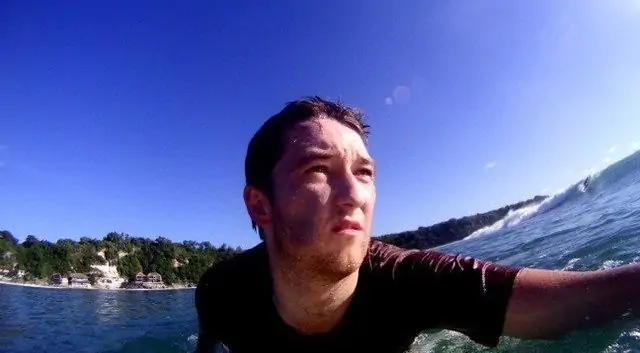
How do you paddle out when surfing?
To paddle out, pick the best spot where you can see a break in the waves and with fewer people. If you can see a break in the waves, time your paddle to coincide with a break for an easier path to get out. You will need to duckdive a lot and expect currents!
There is rarely an easy paddle to get out and, although it may seem counterintuitive, having a few larger set waves to duck dive on your paddle out can really help you to see if you are ready for the waves on that day.
If the sets scare the heck out of you or are just too intense, it’s absolutely fine to paddle back in and go to a different spot – don’t let ego get in the way of your learning and safety!
Intermediate Surfing and Paddling
As you can imagine, as a surfer progresses in their ability, so does the ability and range in their paddling.
Not only does this mean paddling more but also paddling out further into the sea.
This is because intermediate surfing means catching more unbroken or ‘green’ waves to ride.
To do this, surfers will need to paddle further out into the lineup, especially at beach breaks.
At a typical beach break, surfers may need to paddle anywhere from 20-100 yards from shore to get out into the lineup to catch unbroken waves. This varies greatly depending on the spot, wave size and tide.
Types of break
There are four main types of surf break, which are as follows:
- Beach break: usually over sand with occasional rocks
- Reef break: waves break in water with a rocky bottom
- Point break: waves break along a point, often with a rocky bottom
- Shorebreak: breaking in very shallow water at high tide, usually only for bodyboarding
Paddling out a beach break has the most variation in distances for paddling. If there is surfable shorebreak wave, you will not really have to paddle at all. However, if the waves break far out, like at Ocean Beach near San Francisco, you may need to paddle up to 200 yards on bigger days!
A paddle out on a point break can be along the point, which can be hundreds of yards or again only a few as it depends on the entry point.
The same goes for reefs – the entry point into the surf really is key and determines how far you will have to paddle, although remember that reef and point breaks are more advanced surf spots so only paddle out when ready.
To recap, a shorter paddle can be more dangerous on big days since it means you don’t get a chance to see just how big the waves are until it’s too late, whereas a lot of duckdiving and several hundred yards of paddling can be a helpful introduction to keep you safe.
Choose Beginner Spots for Easy Paddling
With all the above said, remember that beginner surfers should look for spots with a nice easy, entry point with waves that break close to shore on a sand bottom, which is true at most beaches.
If you are not sure, look to see how many other learner surfers are there, as well as surf schools. On top of that, look to see how the learner surfers of your level are getting on and, crucially, whether they are managing to catch many waves.
If they are not getting many waves then take that as a sign that the conditions are not great for beginners and consider looking at another spot.
Be sure to check out my super helpful post on finding the best surf conditions for beginners, as well as this one on the best time to go surfing since surfing at the right time means a big difference in your surfing experience!
Related Questions
How do you paddle out in big waves? Watch for a long time, spot the best entry and exit points before paddling out and size up all the different options. Once you are ready, time it so that you will be in the right spot when a set wave rolls in. Duck dive where possible but expect to swim.
Remember that it will take you a long time to get to the impact zone so try to guess how long it will take you to get to that point before you paddle out.
There is no real substitute for just paddling out in big waves so be sure to think about your ability and make a judgement call on whether you are ready.
If not, no problem – just don’t go. If you’re unsure but feel like you could do it, then have a go but again be realistic.
How do you paddle a longboard in big surf? Longboards work best at point breaks in big surf since you will not have to duck dive as much. If there is a spot with lots of duck dives in quick succession, you may not be able to get out on your longboard.
However, if you can find a way out, expect to have to roll your longboard when a big set comes in as there is no way that you will be able to duck dive them.
On the flip side, you’ll be able to cover more ground when paddling a longboard and more quickly than shortboarders, so start paddling for set waves early and try to get in position to avoid impacts and duck dives; the last thing you want is to have a set land on you as it could easily break a longboard in half on a big-wave day!

